If you live in Singapore, you already know the weather can be unpredictable. As a country with a tropical climate, there are days when it rains non-stop, and then there are days when the sun shines bright. And when it does, you want to be sporting some stylish sunglasses that also provide protection from ultraviolet (UV) rays.
Of course, there are many options out there, both affordable and luxury. But if you’re after some sunnies that provide reliable protection and will stand the test of time, you’ll need to do some research. This buying guide with the top 5 sunglasses in Singapore [2025 review] will save you time and effort to research.
While you can find many eyewear brands and designs in Singapore, we have chosen timeless sunglasses from well-known international and local brands. But before we get to the best sunglasses in Singapore, let’s cover what you should know.
Things to Consider When Buying Sunglasses
Here are the main factors to consider when looking for your next pair of sunglasses:
UV protection
Although sunglasses can accentuate your look as a fashion accessory, the main purpose of wearing them is to protect your eyes from UV rays. Look for sunglasses that offer 100 per cent (400 nm absorption) of UVA and UVB rays. UVA rays penetrate deeper and are more harmful.
UV protection is necessary for preventing eye damage. Overexposure of eyes to the sun can cause macular degeneration, among other vision problems.
Polarisation
Polarised sunglasses have a special chemical coating that filters and blocks light. More importantly, polarised lenses in sunglasses reduce glare, which is caused by the reflection of sunlight.
Polarised lenses offer 100 per cent UV and glare protection. Such sunglasses are typically more expensive than those with lenses embedded with UV protection.
Lens material and color/tint
Lenses in sunglasses are usually made of glass or plastic. The latter is more common because of its low cost and durability. Glass lenses are heavy and can scratch or shatter more easily.
Aside from the material, pay attention to the tint of the lens. The lens tint impacts light transmission, i.e., the amount of light that passes through the lens. Lens tint also impacts colour perception and contrast.
- Grey tint offers neutral colour perception.
- Green tint is also neutral with low light transmission (good for both sunny and low light conditions).
- Brown or amber tints enhance color contrast (ideal for low light conditions).
- Pink or rose tints block blue light while also increasing contrast.
- Blue tint improves colour perception by improving contours of objects.
Frame material and shape
One of the most distinguishing factors in sunglasses is the frame’s shape. Rectangle and round frames are common, but there are many variations. Some are more elongated, while some are large. Even shapes like hexagons are popular.
The frame shape is a personal preference. That said, rectangular or square frames may offer more coverage.
Consider your face shape when choosing the frame style. Rectangular styles suit most faces, whereas round styles are better for angular faces.
Frames are typically made of metal or plastic (acetate or nylon). While metal frames are durable, they can be heavy. In comparison, plastic frames are quite lightweight.
Prescription or non-prescription
If you require prescription glasses to see clearly, you have to take that into consideration. Fortunately, many brands offer prescription lenses for sunglasses.
Otherwise, you’ll need to invest in a pair that you can comfortably wear over your prescription glasses.
Comfort and fit
Pay attention to parts like the nose bridge and temples of the sunglasses because these will determine how they fit. Poorly fitting sunglasses can cause discomfort. Check the dimensions, such as nose bridge and temple length, to understand how they will fit.
Now that you know how to buy sunglasses, here are our top picks:


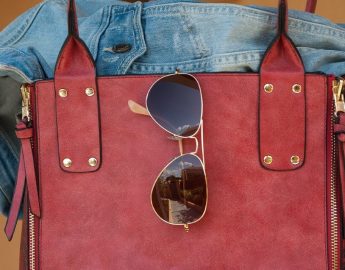
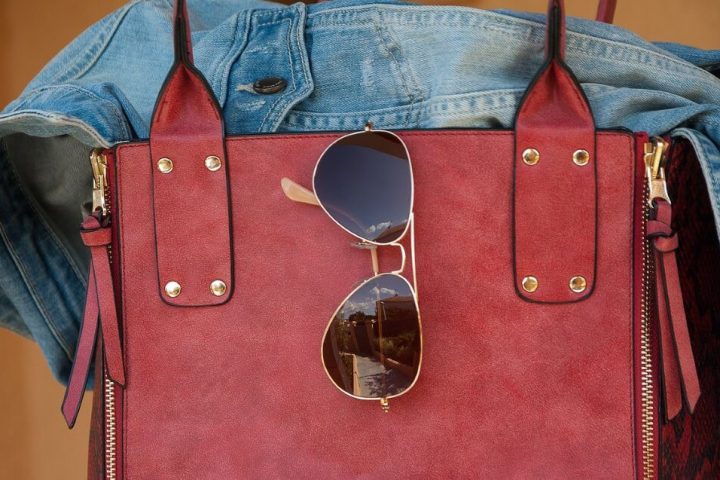

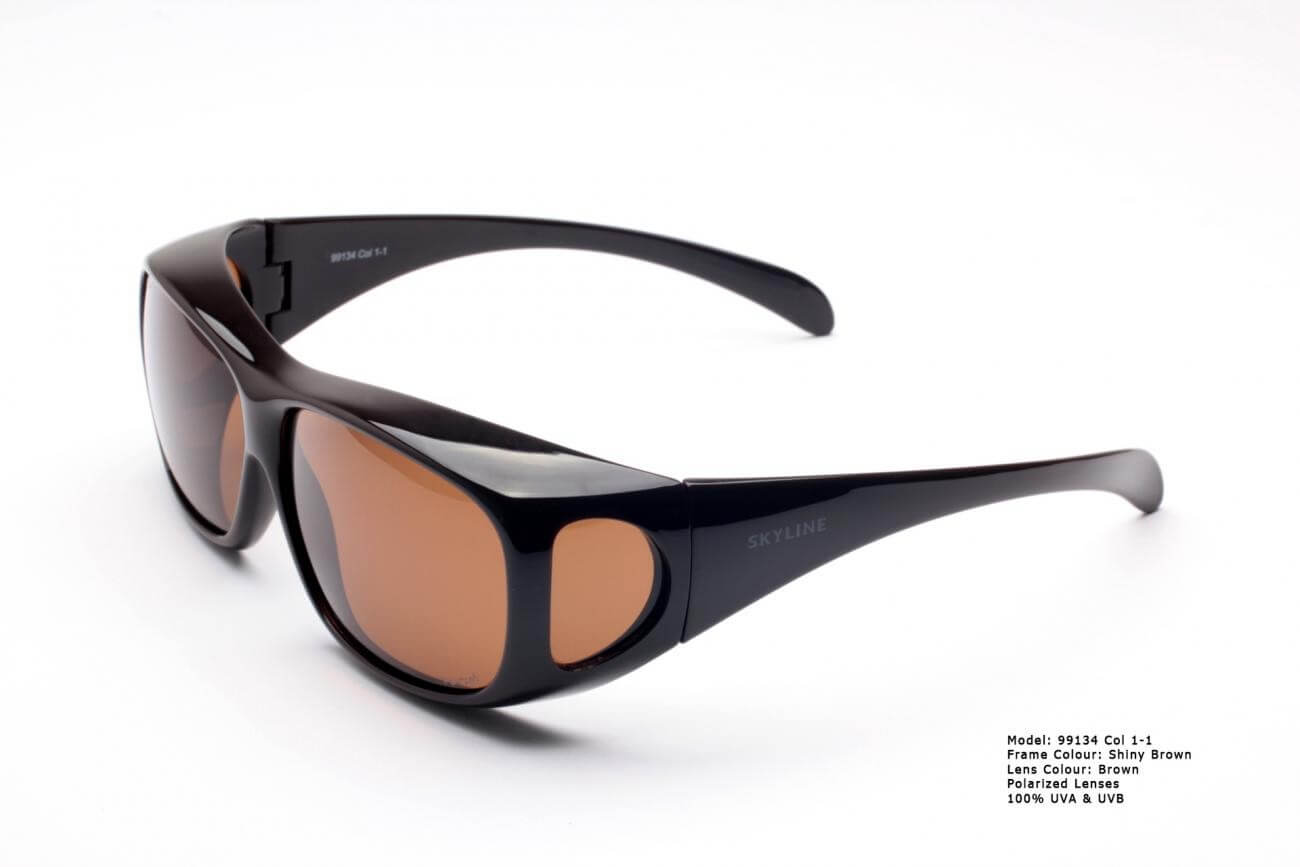





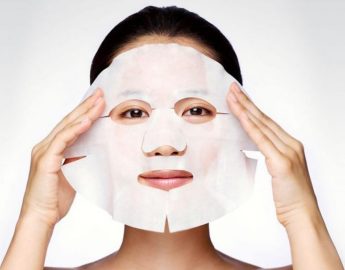
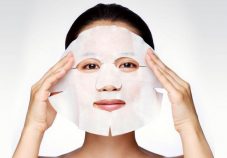






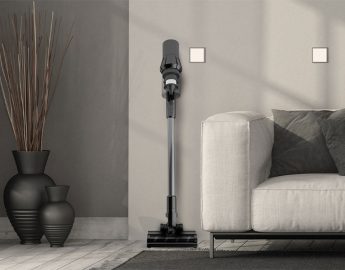







 10 Best Aircon Services in Singapore
10 Best Aircon Services in Singapore  Top 10 Trusted Maid Agencies in Singapore
Top 10 Trusted Maid Agencies in Singapore  The 7 Most Romantic Restaurants in Singapore
The 7 Most Romantic Restaurants in Singapore  5 Best Sofa Cleaning Services in Singapore
5 Best Sofa Cleaning Services in Singapore  10 Best House Movers in Singapore
10 Best House Movers in Singapore  10 Best House Cleaning Services in Singapore
10 Best House Cleaning Services in Singapore  Illuminate Spring with Blooms across Lendlease malls
Illuminate Spring with Blooms across Lendlease malls  2XU Compression Run 2025 Singapore
2XU Compression Run 2025 Singapore  Solo Travel and Mental Health: Discovering Wellness Through Independence and Adventure
Solo Travel and Mental Health: Discovering Wellness Through Independence and Adventure  5 Ways to Improve Your Business’s Energy Efficiency
5 Ways to Improve Your Business’s Energy Efficiency  7 Types of Smart Road Solutions That Help Improve Traffic Efficiency and Safety
7 Types of Smart Road Solutions That Help Improve Traffic Efficiency and Safety  5 Best Spanish Restaurants in Singapore for Tapas and More
5 Best Spanish Restaurants in Singapore for Tapas and More  5 Best Pizza Deliveries in Singapore for Your Convenience
5 Best Pizza Deliveries in Singapore for Your Convenience  The 5 Best Halal Restaurants in Singapore
The 5 Best Halal Restaurants in Singapore  5 Fun and Healthy Seniors Activities for the Older Adults in Singapore
5 Fun and Healthy Seniors Activities for the Older Adults in Singapore  5 Best Cinemas in Singapore for Blockbusters and More
5 Best Cinemas in Singapore for Blockbusters and More  7 Best Nightclubs in Singapore to Dance till Dawn
7 Best Nightclubs in Singapore to Dance till Dawn